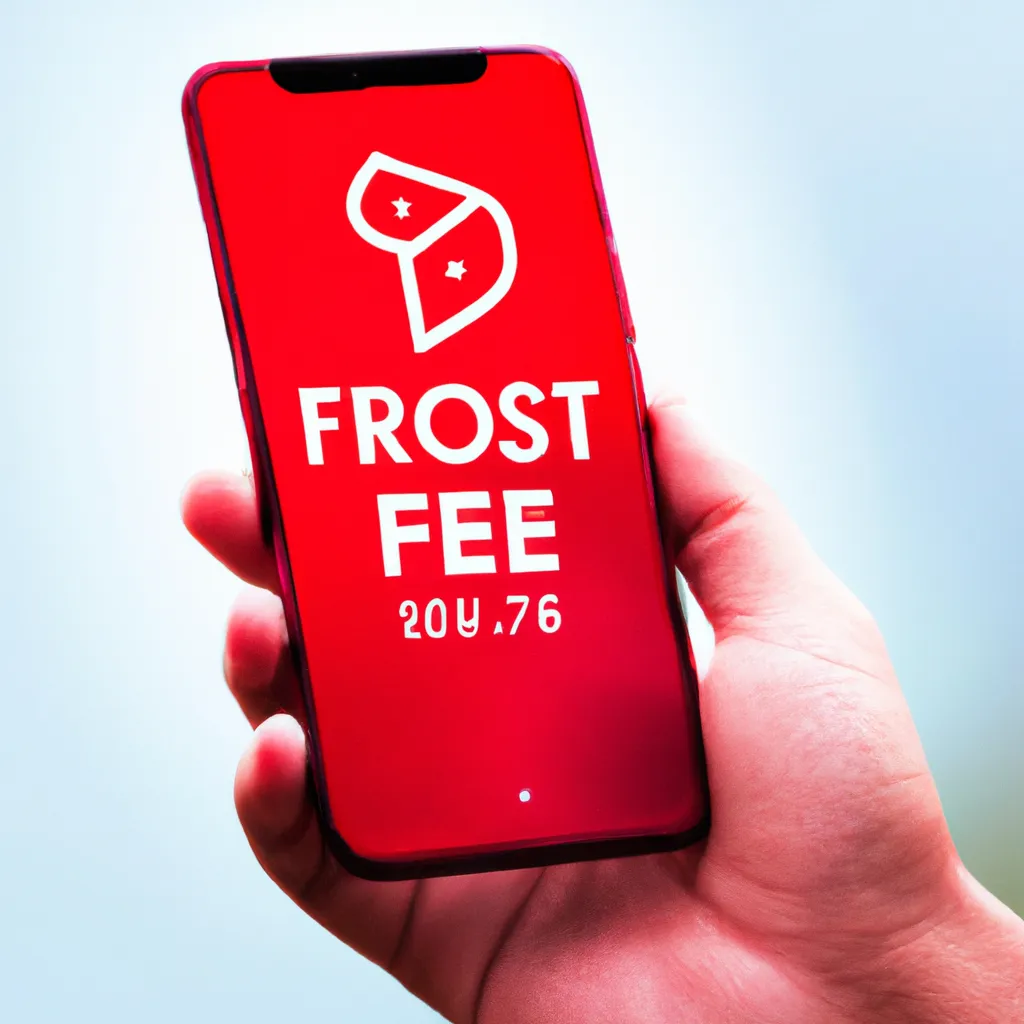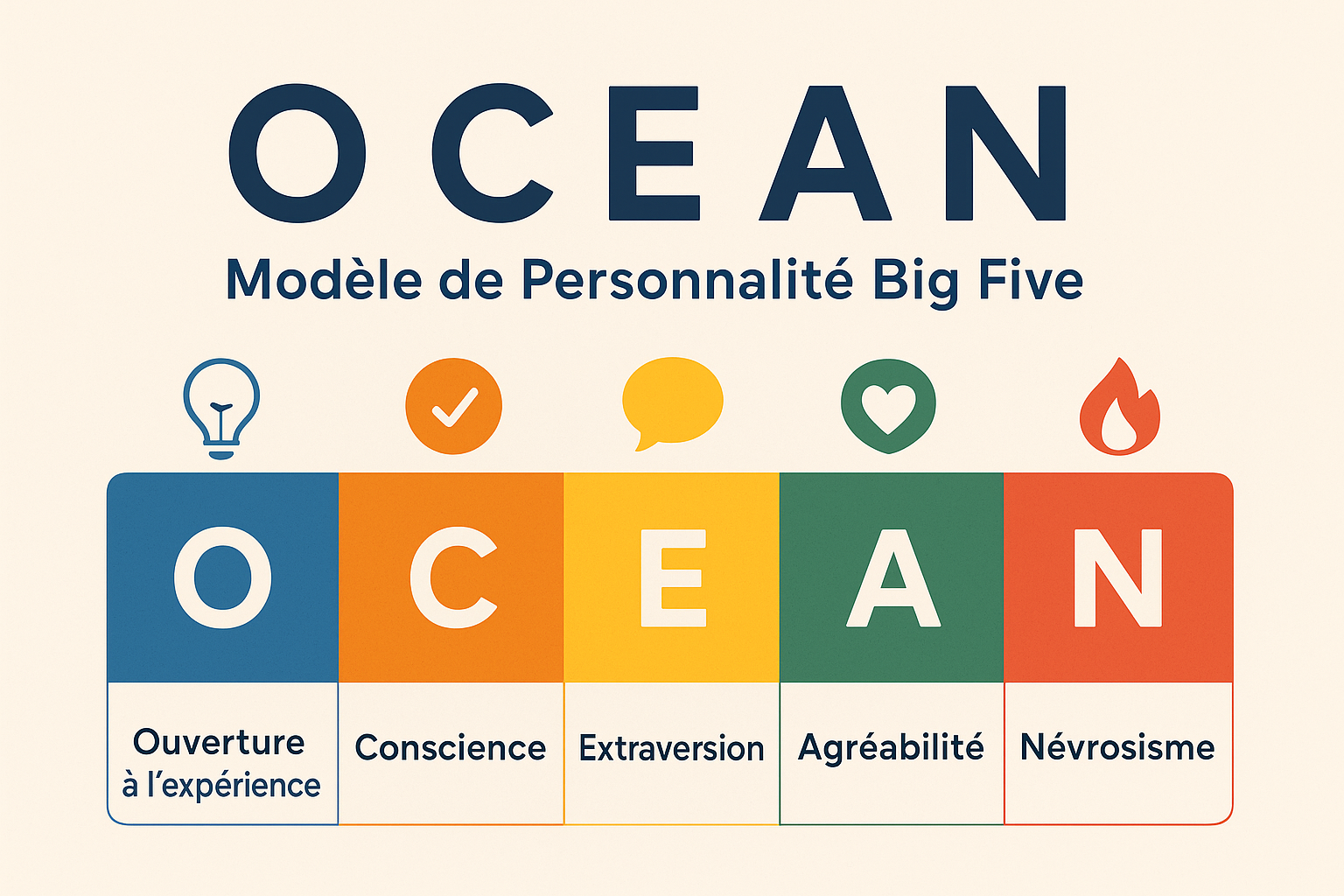In the market for a new phone, or just wanting to get the latest and greatest? Either way, you’re bound to come across seemingly incredible offers from major carriers offering heavily discounted, if not free phones – including the highest-end versions of the newest models. With the new iPhone 15 hitting the shelves, now might be a great time to upgrade what you’ve got. And of course, you’ll want to get the best price for it. Which is easier said than done these days. The major three carriers – AT&T, T-Mobile, and Verizon – are offering up to $1,000 off the price of iPhones and Androids, which covers the price of most of them entirely – from an iPhone 15 Pro to a Samsung Galaxy Z Flip 5. Meanwhile, their manufacturers are offering big (though not as big) discounts too. On the other hand, a herd of low-cost carriers are offering phones for full price, but throwing in big service discounts with a purchase.
For most of us, a phone is an important and expensive purchase. Any discount is welcome, and free is very tempting. But the biggest discounts might not be the best deals, depending on your needs and, of course, the desires of whoever’s offering them in the first place.
Back in the day, your iPhone purchase price was largely subsidized by your carrier when you agreed to a years-long contract. End that contract early and you were on the hook for what could be a considerable cancellation fee. As iPhone prices have gone up, those arrangements have been phased out…sort of. Instead, your phone purchase is financed by the carrier, interest-free, and you’re paying it off in monthly installments on your phone bill for the next several years. But the carrier also gives you bill credits that can be as much as those installments, making it seem as though the phone is cheap or free. Here’s the catch: to get the full discount, you have to trade in your old phone – and in most cases you’ll get a smaller discount for older or broken devices. If you switch to a different carrier or downgrade your plan before those installments end, you’re on the hook for paying whatever’s left – no more bill credits for you. While AT&T evenly distributes the entire discount across a 36-month term, Verizon and T-Mobile give you a chunk of your credit upfront (that’s the trade-in), and finance the remainder. That means you’ll owe them less money if you change providers or plans early. If you stay with the same carrier and plan until the phone is paid off, it won’t make a difference.







